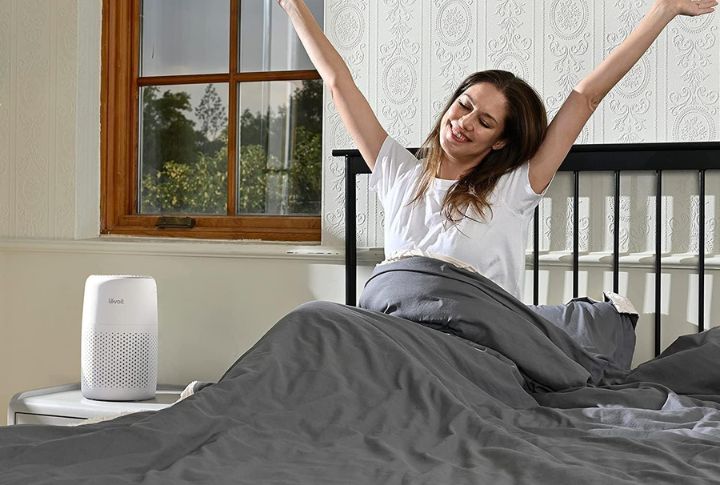
Air purifiers pick up strange stories, and many of them spread quicker than dust drifting through a sunbeam. You’ll hear claims about which size works, which noise level means “powerful,” and the old favorite—that these machines are only helpful for people with asthma. That idea hangs around like stale air in a sealed room, and it keeps plenty of households from using a tool that could make everyday breathing feel noticeably lighter.
A purifier won’t solve everything, but cutting through the odd misconceptions gives you a clear path to cleaner indoor air in 2025. Let’s clear the fog.
The Myth That Big Homes Need Giant Machines
Some folks assume a purifier must look like a robot from “The Jetsons” to work in a spacious home. What actually matters is the clean air delivery rate, or CADR. A compact purifier with a strong CADR can keep a large room feeling crisp, even if it sits quietly in the corner. The size you see isn’t the power you get.
Moving from performance to placement, a purifier doesn’t need the center stage either. Many units work best a few inches from a wall, away from curtains that block airflow. That shift in setup helps the machine cycle air smoothly, so you get fresher results without rearranging the whole room.
The Belief That Filters Never Need Replacing
Some people swear a filter lasts forever if it “still looks clean.” Spoiler alert: it doesn’t. HEPA filters trap particles you can’t spot with your eyes, including pollen grains, pet dander, and bits of wildfire smoke that drift inside during dry months. Over time, those layers clog, which reduces airflow and performance long before the surface appears dusty.
Shifting from lifespan to timing, most filters last anywhere from six to twelve months, depending on use. Homes with pets or smokers may need quicker swaps. A clogged filter doesn’t just slow things down; it forces the device to work harder, which shortens its lifespan and increases your power bill. A new filter keeps the machine breathing easier—just like you.
The Claim That Air Purifiers Fix Every Problem
An air purifier can help with a lot, but it can’t tackle everything floating around. These devices specialize in removing airborne particles, not scrubbing odors embedded in carpets or handling moisture problems that grow mold behind cabinets. Purifiers shine when paired with simple habits like vacuuming, opening windows occasionally, or running a dehumidifier when humidity rises above comfortable levels.
Building on that truth, certain pollutants—like gases from fresh paint or new furniture—require filters made with activated carbon. Without that layer, the purifier won’t reduce those smells at all. Matching the right machine to the right issue saves frustration and gives you cleaner results instead of wishful thinking.
Final Breath Of Advice
Air purifiers can make a real difference at home, but clearing out the bad claims surrounding them helps you reach that point faster. One smart move is replacing filters before they’re worn out. Another is picking a machine that actually fits the space you’re treating. Once those pieces fall into place, cleaner air stops feeling like a guessing game. If you want a fresher, calmer home in 2025, follow the facts instead of the folklore.

